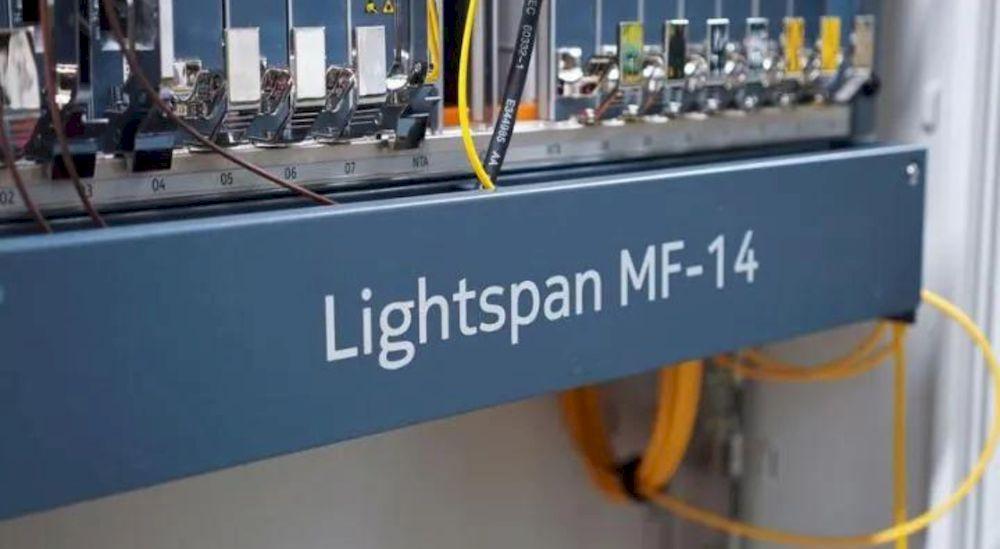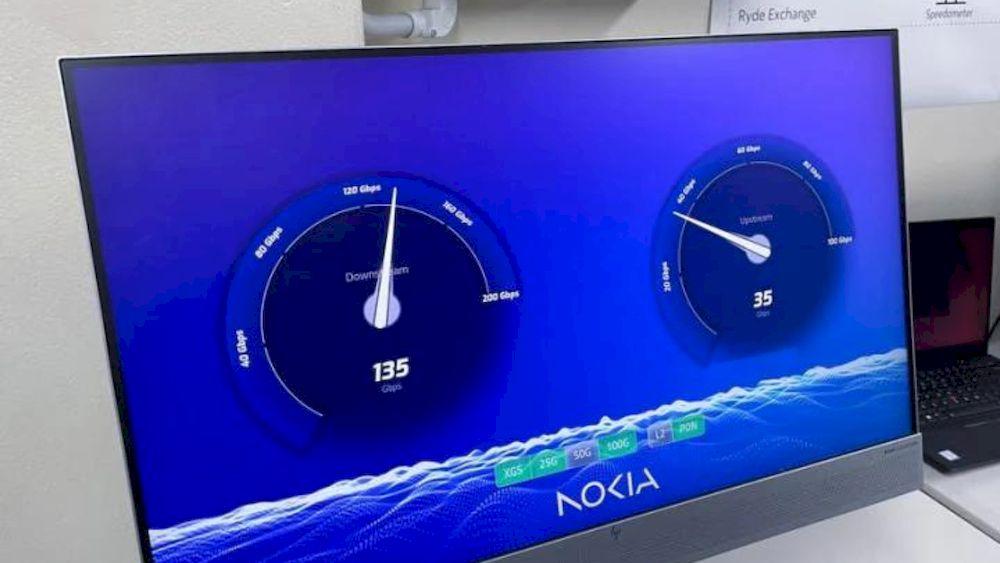The fiber and broadband markets have shown us repeatedly that we still have a lot to see. This technology is moving forward with the intention that we can benefit from higher speed levels. And a live test has just shown that it is possible to achieve something that had not yet been achieved.
Who was going to tell us that it would be Nokia that, together with the work of the operator NBN Co, would be able to push the limits of fiber beyond. They have done it with a live test that they reported a few hours ago in a press release and with which they achieved something very important: using different next-generation PON technologies simultaneously.
Scaling the fiber network
What they wanted to demonstrate with this experiment is the way in which PON technology can be used with the intention of scaling fiber networks. This is something that operators will be able to benefit from if, in the future, they adopt a fiber platform like Nokia’s, with which they have demonstrated the ability to transmit speeds of 10G, 25G, 50G and 100G over a fiber network. it already exists. Therefore, operators would not have to face the process of installing a new network, but simply adapt to the technology provided by a company like Nokia.

The veteran entity places special emphasis on the importance of this type of progress, given that it reduces the limitations that operators encounter. At the same time, they insist that this is good news considering that the market is evolving towards a destination in which there will be more and more premium fiber users. In the same group they introduce companies and all the businesses of what is considered industry 4.0.
Breaking down current limits
At this time, operators have in their hands a maximum speed capacity of up to 20 GBs, at least if we speak generally throughout the world. To achieve the best performance, operators use 25G PON and XGS-PON technology, but now we are talking about how Nokia has already tested 50G and 100G PON. As reported, these will be the options that will be used when operators need to exceed the aforementioned 20 GB limit. They will do so relying on this PON technology, which, at the same time, will enable operators to take advantage of additional services.
With its platform, known as Lightspan, what Nokia does is put a wide series of extra options in the hands of operators. Its intention is to help them squeeze their full potential and have new avenues of income, leaving aside the usual limitations of fiber. In the case of nbn, the Australian operator with which Nokia has carried out the test, they have been able to confirm that the system has worked efficiently combining both 10G, 25G and 50G in the same fiber. They have also done a second test in which they have combined 10G, 25G and 100G in the same fiber, obtaining great performance results in both cases.

From the analysis of the test carried out, Nokia comments that many conclusions have been drawn. For example, operators would have the ability to take their current technology from a maximum of 25G PON to 50G and 100G without it being a problem. They have also proven that moving from 10G PON to a symmetrical 25G PON connection is not complicated.
In practice we can see that the limits of fiber are being eliminated and that its speed levels are going to go higher and higher. That the Nokia platform works is good news for operators and, in turn, also for users, who will be able to access much more flexible rates and services in the future. It’s still early days for now, but as demand for faster fiber spreads, adoption of these systems will become commonplace. Nokia, which has much more relevance in this market than can be imagined, wants to be at the forefront of these progress.















